If you’re like most parents of children with speech and language delays, you would probably love to work on your child’s communication skills more but don’t have the time. Here are some fun ways to work speech and language skills into the bedtime routine you do every day.
Bath Time
- Labeling objects: Take time while giving your child a bath to label what is in the bathtub with him. You can label the water, shampoo, soap, sponge, wash cloth, toys, etc. Hold up each thing and show it to your child while you say the word by itself. Then, you can use the word in a sentence as well.
- Labeling actions: Talk about what you and your child are doing while you’re giving your child a bath. You can say “washing”, “pouring”, “splashing”, “squeezing”, “swimming”. Be sure to use these words by themselves as well as in sentences.
- Using adjectives: Talk about how things feel in the bathtub. If your child is old enough, you can ask her how things feel. Is the bath water hot or cold today? How does the soap feel? How does the toy feel?
- Get bath books: Book-reading is a great way to work on your child’s speech and language skills. Fortunately, there are many fun bath books that your child can read in the bathtub. Your child can be looking at pictures while you’re scrubbing and soaping him.
- Recalling the day’s events: While giving your child a bath, talk to her about what happened in her day. Be sure to ask specific questions like “what did you eat for lunch?”, “who did you play with at recess?” and “what did you make during craft time?”. You may also want to stick with questions you know the answers to (things you did with your child) so you can help her if she gets stuck.
Brushing Teeth
- Location words: While your child is brushing his teeth, use location words to tell him where to brush next. You can tell him to brush his teeth on the top, bottom, back, front, middle, etc.
- Count or sing the ABCs while your child is brushing: To make sure your child spends enough time brushing her teeth, count or sing the ABCs while she is doing so. This will help her remember to keep going but will also give her exposure to hearing the order of numbers and alphabet.
Putting on Pajamas
- Labeling objects and actions: Talk about what you’re doing while you’re doing it. You can label the objects that your child is putting on (shirt, pants, pajamas, slippers, etc.) as well as what your child is doing (put on, put arm in, pull up).
- Requesting: Let your child choose which pajamas to wear each night. Make sure your child uses his words to request the correct ones though.
Bedtime Story
- Book-reading is always a great way to work on speech and language skills.
Tucking Your Child In
- Predicting: Ask your child to guess one thing he thinks he will dream about tonight. Have him describe as many details as he can. Check with him in the morning to see if he was right.
- Goodnight Kisses: Help your child label body parts by asking her where she would like her goodnight kisses. Would she like a goodnight kiss on her head? On her nose? On her fingers?
Now all that’s left is exchanging hugs and kisses and it’s off to bed! You and your child will both enjoy the good quality time and your child’s communication skills will only grow stronger!
For more ways to include speech and language skills into your daily routine, check out my resource page: Including Speech and Language in Daily Routines
More Resources for Speech-Language Pathologists:
Looking for more therapy ideas and resources to help you provide the BEST services to your clients? Join us in The SLP Solution, our membership program for speech-language professionals! Inside the membership, you’ll find:
- Step-By-Step Guides for teaching a variety of speech/language/communication skills
- Pre-Made Worksheets and Therapy Activities for hundreds of different topics
- Training Videos for dealing with difficult disorders or problems
- Answers to Your Questions in our exclusive SLP community
- Tools and Resources to help you with your paperwork and admin tasks
- Continuing Education through our monthly webinars and webinar recordings
To join us in the full SLP Solution, or to snag a free membership, click on the button below!

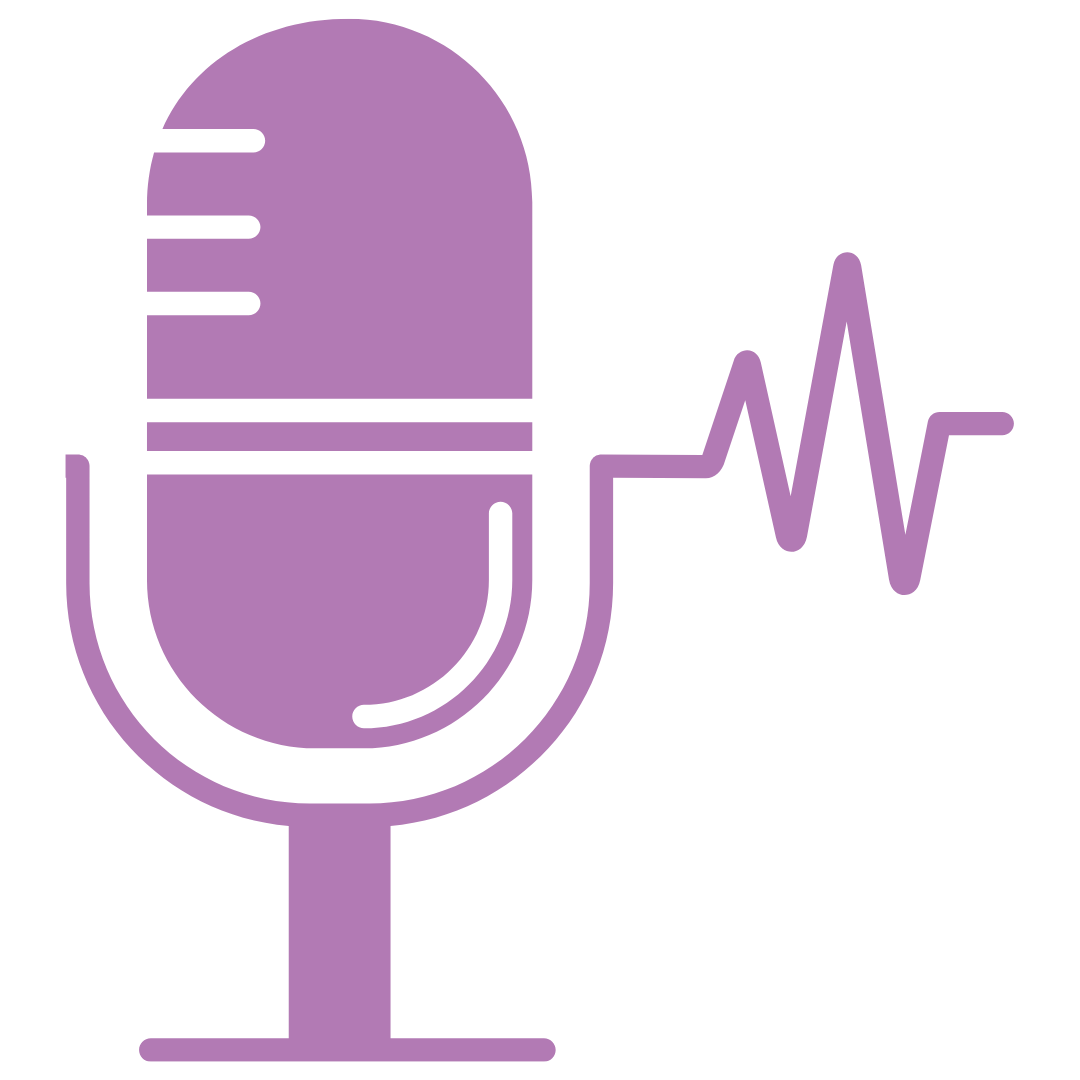
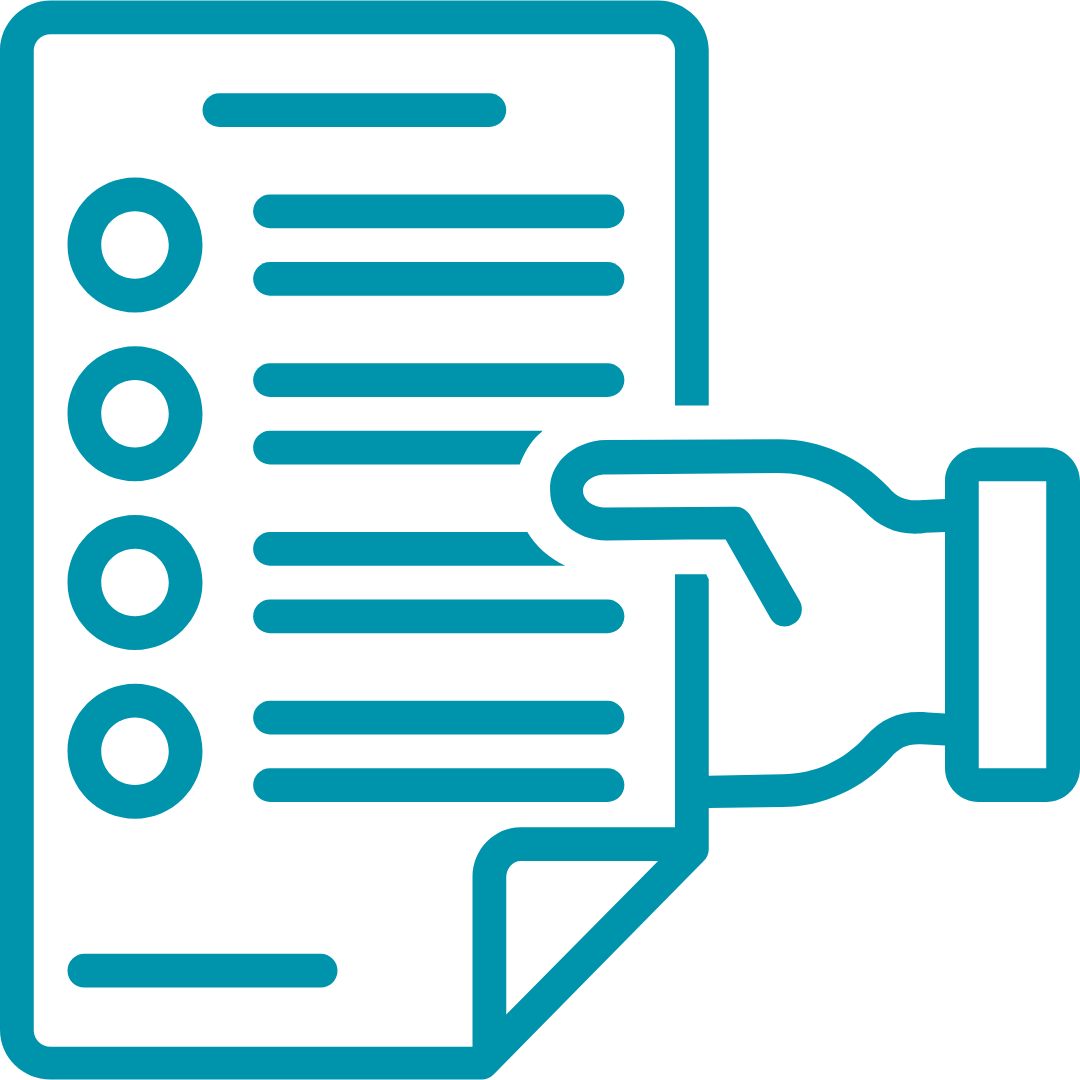
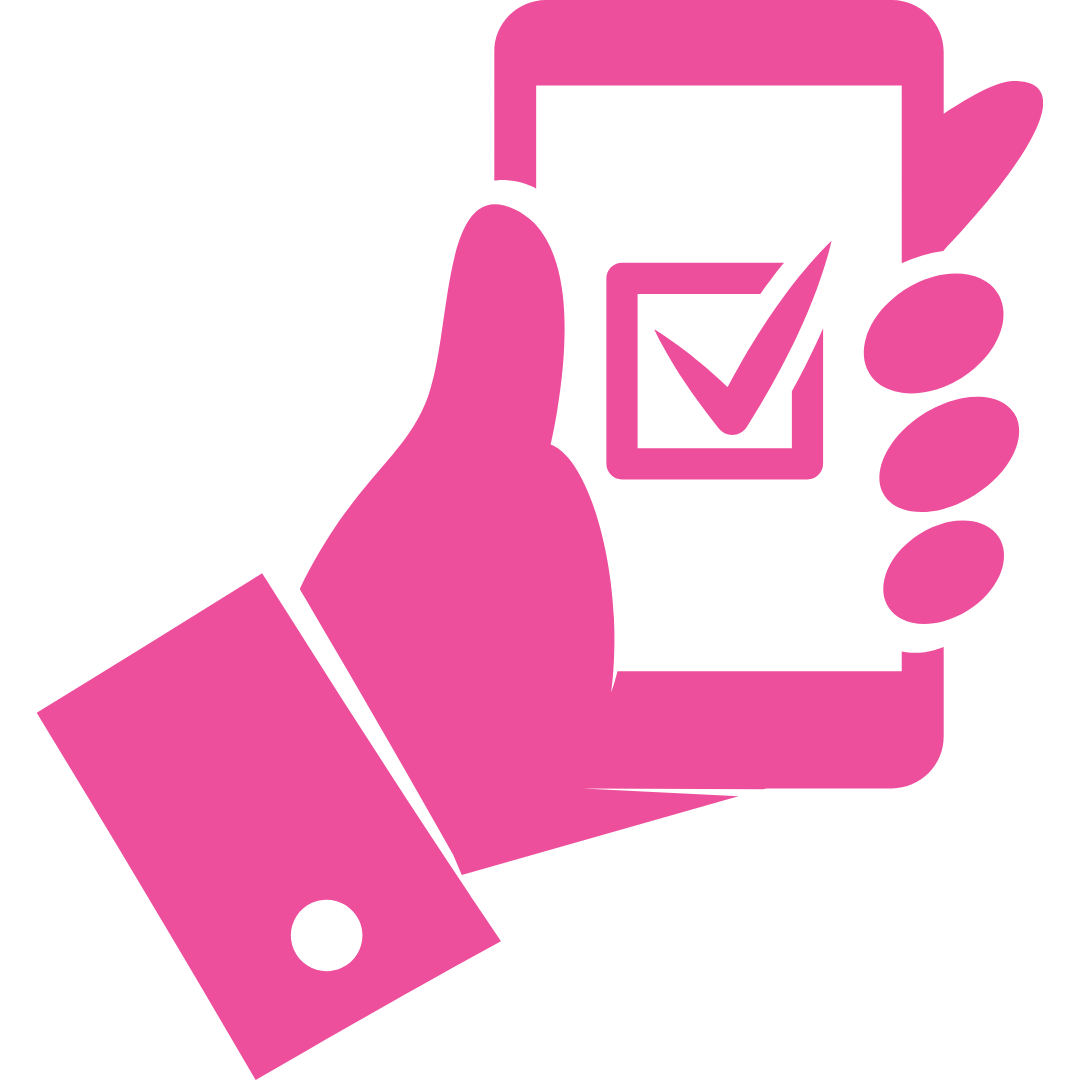
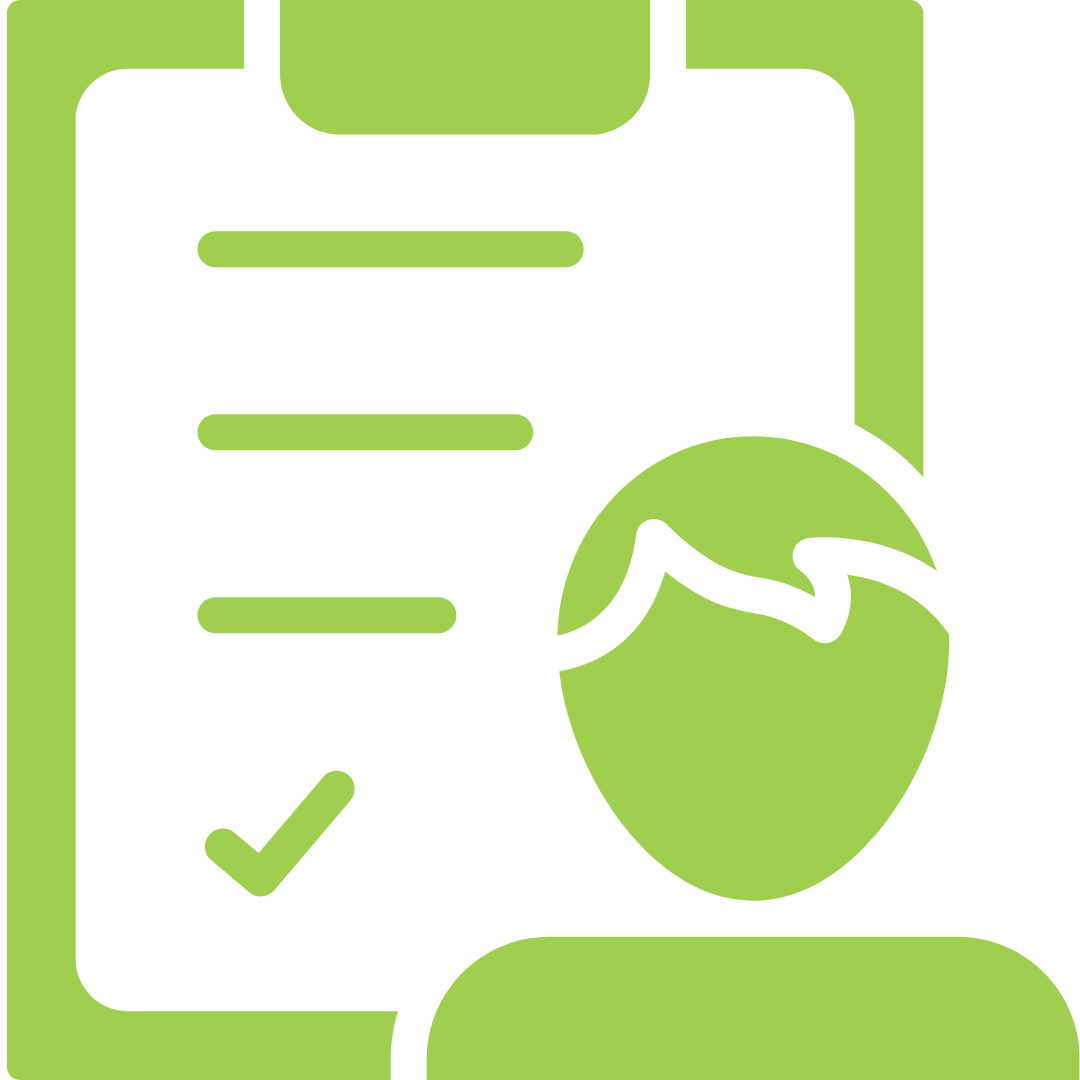
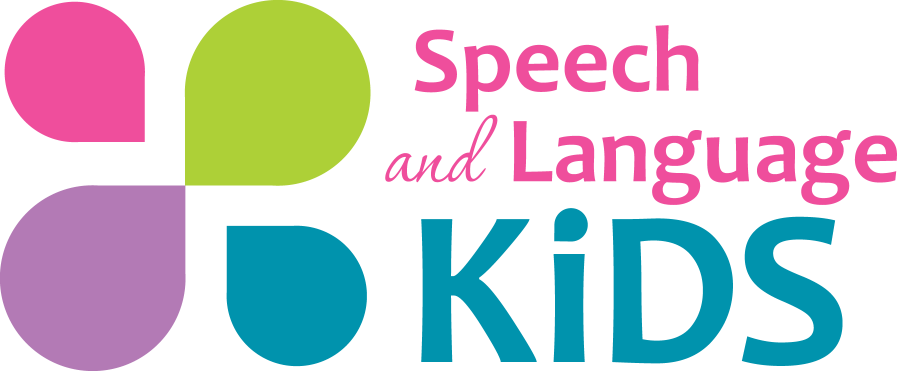
Thank you for this very helpful post! Will share with my preschool parents!
Thank you so much! I will be writing more posts about working speech and language into daily routines as this one was very popular!
These are very good practice and do-able suggestions. They are the same as those I present to the parents of my special needs babies and toddlers I teach. I encourage all parents to do these and they will become second nature and prove very worthwhile! Thanks for putting these in one place. I will be sharing this with my caseload parents.
Thank you! I’m glad you enjoyed them! Feel free to send any of your families my way, I’m glad to help!
Thank you very much for helping me teach my daughter, am really very greatful
You are so welcome! I’m glad it’s helping!!
Bedtime audiobooks!! There’s lots of great sites to get them, but we use this site a lot because all the stories are free and original. Here’s the link if anyone is interested. http://www.twirlygirlshop.com/moral-stories-for-kids
Oh great idea! Thanks for sharing!
Great ideas! Thank you! I’m always thinking about ways to help my son with his speech!
Thank you..il post this in my therapy clinic..it would be a big help for us parents of children with communication disorder 🙂
Wonderful, thank you!
Hi,
I went to scholars choice and purchased posters and then laminated them and taped them to the bathroom wall. We have the alphabet, numbers, colours, shapes, vowels etc. I also purchased foam numbers and letters and the kids wet them and they stick to the walls of the bathtub or tiles. With the posters being laminated the kids can match the letter to the poster and I don’t have to worry about it getting ruined. I plan on buying another set of foam letters so we can spell words while in the bath. I also read books in the bath. They want to play in the water so i take it as another opportunity to read books to them. All my bathrooms have some type of poster in them. Main floor has an alphabet poster. I ask where is the letter, where is a picture such as monkey or apple. I will ask questions like what sound does a monkey make or I make the sound and they find the corresponding picture. I get them to spell their name and point at the letter, they can even point at a picture and create a sentence. I have posters in their bedroom and we go over different things geometric shapes, solar system, over under positions etc before going to bed. One of my kid has started Jk so they have started learning sight words. I have index cards with sight words that they are currently learning throughout house placed under tv, in bedroom, on bathroom door we review. When I buy the extra foam letters I will make them spell the sight word incorporating visual, touch, sound and speech into the learning experience. We have a lot of board games. All played by incorporating speech we do not follow the rules of the game, we talk, we use flash cards before we get to roll the dice or get a piece to a puzzle etc. we listen to CDs in the car. I purchased flash cards that have a scene or situation such as a family camping I give to my child and ask him to tell me what he sees in the picture while we drive. I have books in the car and he pretends to read them and he has to tell me what is going on he makes a story based on picture. In September of 2012 he was not speaking he know has spontaneous language and has full sentences. He self corrects some of this errors. He still has a long way to go but can not believehow much speech he has now (combination of own personal growth, York region speech, private speech and what the world has taught me)
Just a mother’s story. Have many more strategies.
This is wonderful!! Thank you so much for sharing your ideas! I know they will help other parents as well.